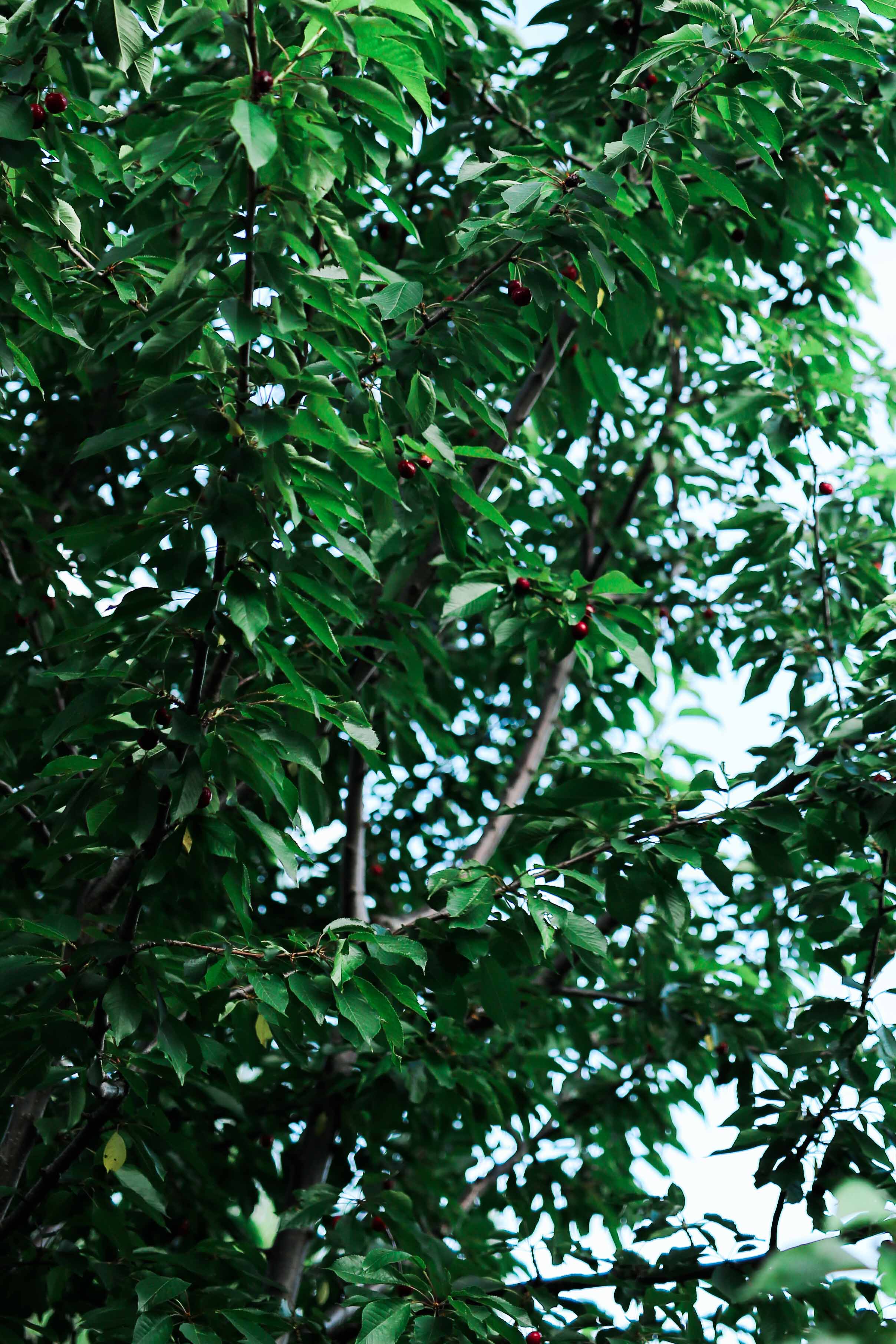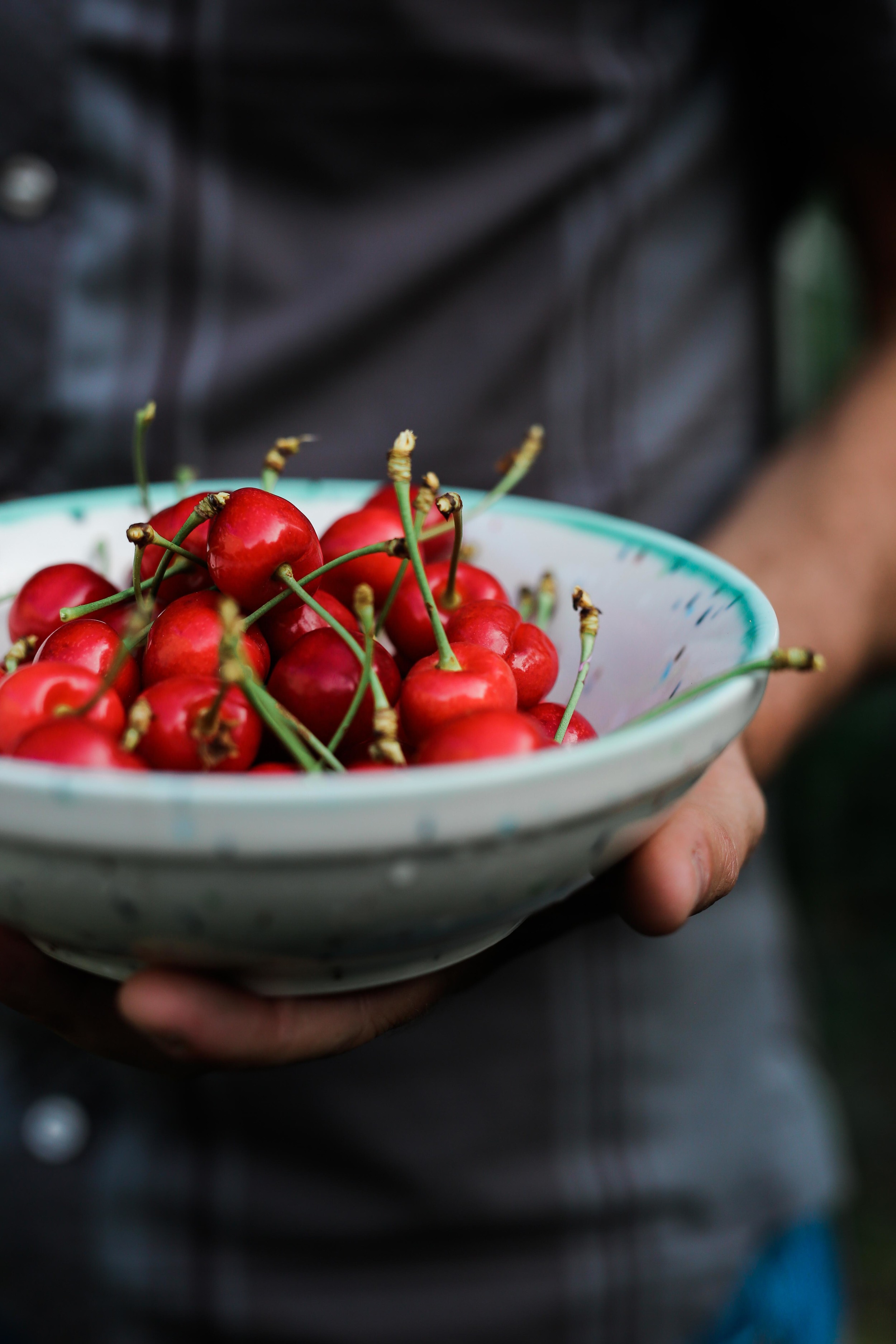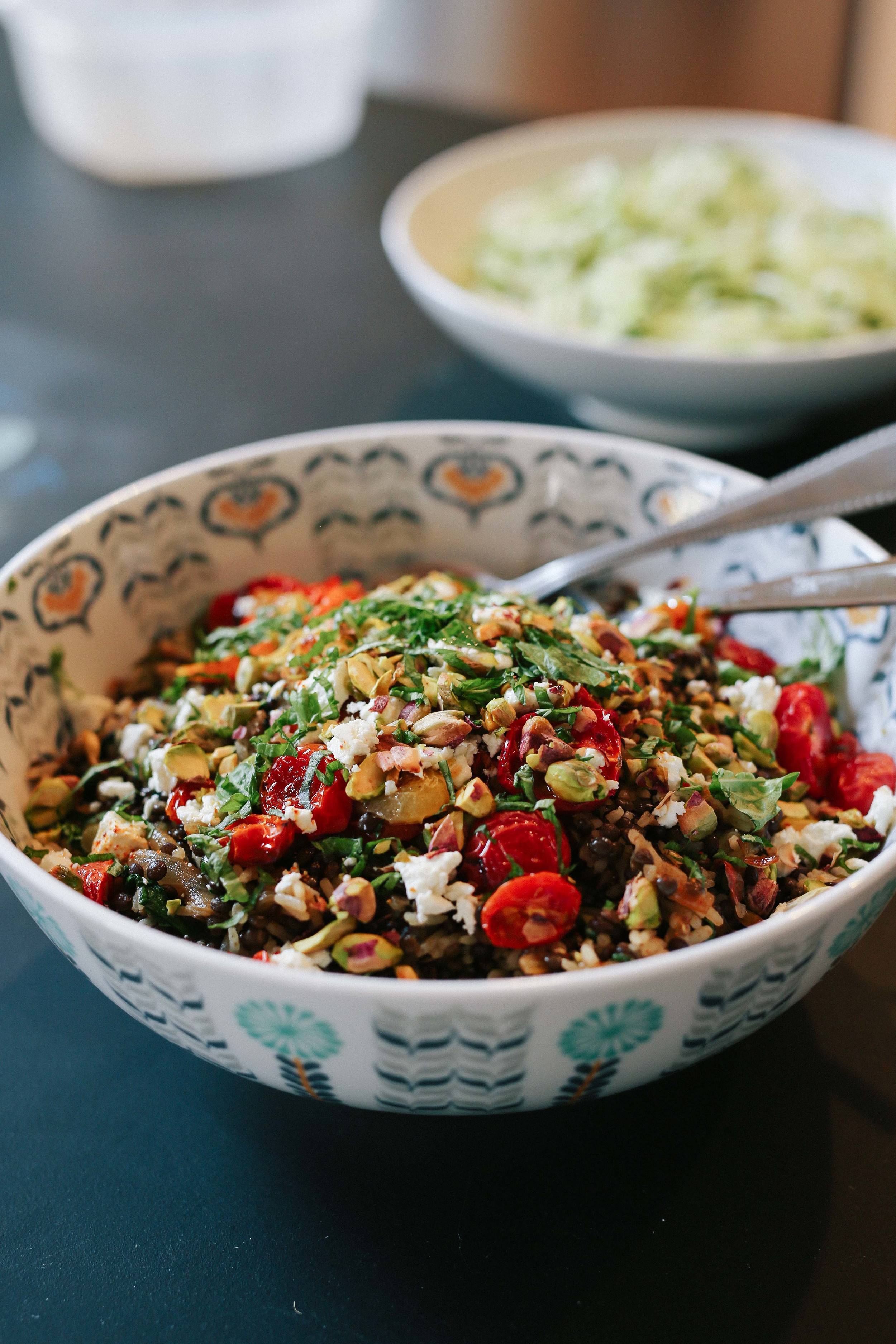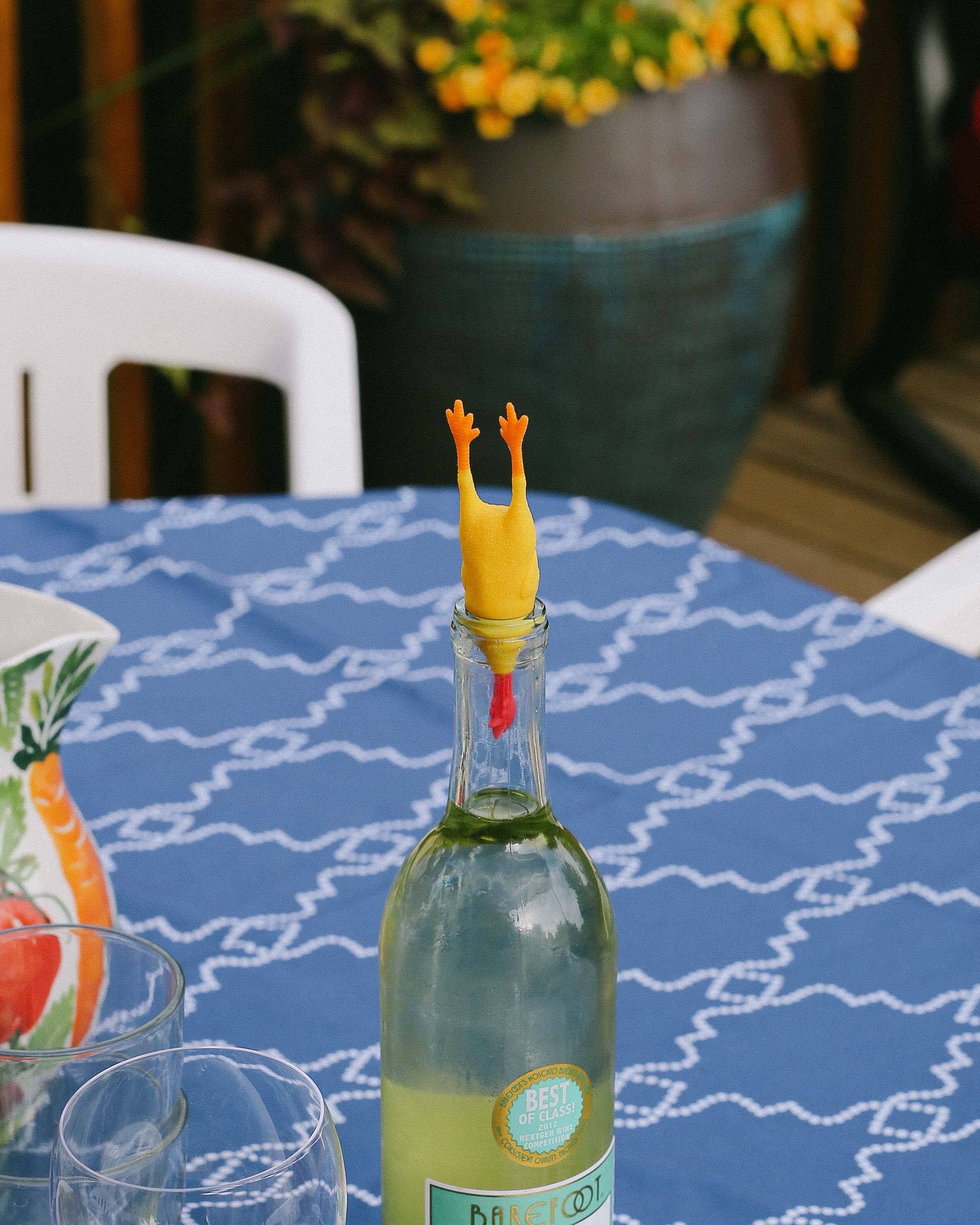We bought a cherry tree! I mean, a house!
Either way, woohoo!!!
Hopefully that helps to clarify my wee vacation from posting (sorry, sorry). It has been a wild ride. And because home-buying normally entails moving, we've also been in a mess of boxes and bins and DI (the Utah equivalent of the Salvation Army) donation piles for the past couple of months. I tried to relocate the kitchen to the new house before moving other rooms so that I would be able to keep things relatively organized and track items that we use on a regular basis. Also so that we could eat stuff other than frozen tamales every day. But in spite of my best efforts, there are certain things I haven't been able to find since we moved in, like our bread pans and our ground cinnamon. And my eyebrow tweezers, which has nothing to do with kitchen stuff, but I looked in the mirror this morning and let's just say time is a factor in pinning these down.
Ironically, around the same time that our cherry tree started fruiting, we found the cherry pitter, which felt like I big high-five from the universe in the midst of a sea of moving chaos. I may have unruly eyebrows, but I am eating lots of baked cherry things! Highly recommend.
Full disclosure: these muffins were made not just because we had cherries, but because I accidentally bought vanilla yogurt at the store while picking up ingredients for tzatziki. D'oh. Thank goodness we've all figured out that yogurt is a fabulous thing to stick in a baked good. Or a fried good.
These are adapted from a yogurt muffin recipe in Yvette Van Boven's whimsical and lovely Home Baked, which was a welcome distraction during stressful parts of the move. The original recipe didn't come with a photo, I think because (as we discovered) the muffins are slightly homely looking (though still cute, because I think all of my oven children are cute). Also, for the life of me, I cannot figure out a great way to photograph muffins! Maybe Oof felt the same way while photographing Yvette's book. It's like when artists have a really hard time drawing hands.
We'll work on this.
In the meantime, I'm sending you all great big virtual hugs along with these muffins. Let's face it, moving (even when it's exciting) kind of blows, and it feels wonderful to be back here in a familiar happy place. I have missed you all.
Let's hang out more, yes? 😄
makes 12-16 muffins (depending on how much fruit you use)
In a small bowl, combine all of the ingredients for the topping. Mix into a coarse crumble with your fingers. Place in the fridge until ready to use.
Preheat the oven to 350˚F, and grease a standard 12-cup muffin tin.
In a medium bowl, whisk together the 2 2/3 cups flour, baking soda, and salt.
Break the eggs into a large bowl and beat with a whisk until foamy (alternately, use a hand mixer). Add the sugar and melted butter and beat it until the mixture has become light and airy. Add the yogurt and lemon zest and mix well to combine. Add the flour all at once and stir gently until just combined, being careful not to over-mix the batter. It's okay if the batter is slightly lumpy; the lumps will bake out in the oven.
Quickly toss the fruit with the remaining tablespoon of flour, then add to the batter bowl. Using a spatula, fold the fruit into the batter. Spoon the batter into the prepared muffin cups, filling each cup 3/4 of the way full. Sprinkle the crumb topping over the top. (If you have more batter than will fit in 12 muffin cups, put the batter in the fridge while the first batch bakes, then remove it at the same time you remove the finished muffins from the oven. Re-grease the muffin tins before refilling.)
Bake for 25 minutes, or until the tops of the muffins spring back when touched (it is hard to use the toothpick method since the muffins have so much wet fruit!). Let them cool on a rack for 5 minutes, then remove them from the cups. Enjoy warm from the oven, or store in an airtight container in the fridge for up to three days.
FOR THE TOPPING:
1/4 cup unrefined cane sugar
3 tablespoons spelt, wheat, or all-purpose flour
1.5 tablespoons butter, at room temperature
pinch of salt
1/2 teaspoon cinnamon (optional)
FOR THE MUFFINS:
2 2/3 cups + 1 tablespoon spelt, wheat, or all-purpose flour
2 teaspoons baking powder
pinch of salt
2 large eggs, at room temperature
2/3-3/4 cup unrefined cane sugar (use 2/3 if using vanilla yogurt, 3/4 if using plain yogurt)
2 tablespoons butter or coconut oil, melted, plus extra for greasing the pan
1 1/2 cups vanilla-flavored whole-milk greek yogurt or other whole milk yogurt
finely grated zest of 1 lemon
2 1/4 cups mixed berries, pitted cherries, and/or chopped stone fruit






















